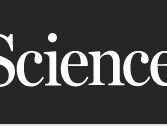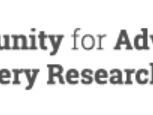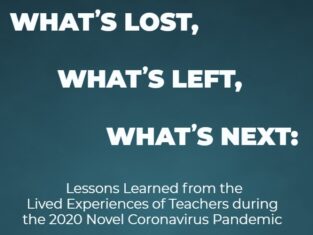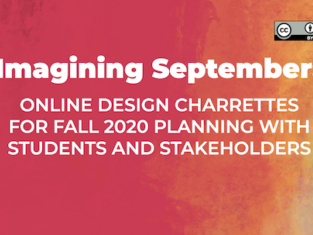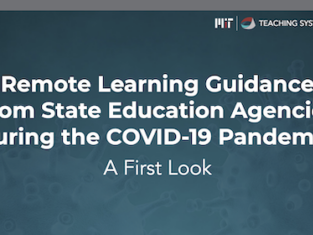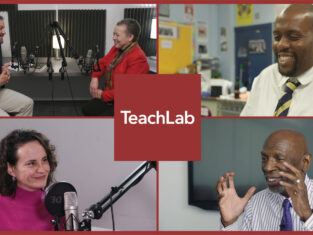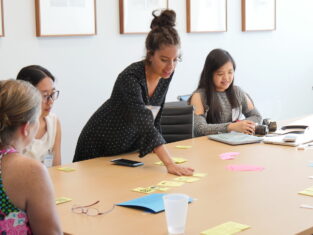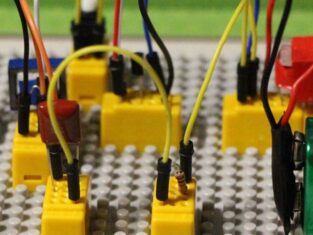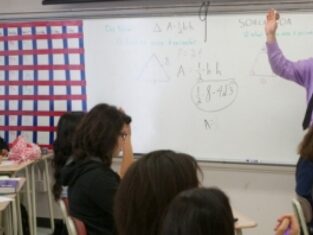Future of Teacher Learning Provocation Series
In this series of provocations, we distill a series of arguments that we have heard from interviews with math researchers, teachers, teacher leaders, and publishers. We’ve chosen six of the most interesting lines of thinking to publish in advance of the Future of Math Teacher Learning conference to set the table with a set of ideas that we can debate, build upon, or discard. These provocations are not the “right” way to think about the future of math teacher learning, but they were six arguments that challenged our assumptions, sparked our thinking, and helped us imagine new ways of approaching teacher learning.
By Nancy Anderson, Rachel Slama, Christina Warren, Justin Reich, and the INSPIRE-Math team
To drive gains in student math learning, teachers need strong curriculum materials that include accurate mathematics presented in ways that highlight its logic and coherence (Charalambous et al., 2011). The good news is that the new millennium marked the creation of many high quality, field-tested published math curricula, such as Investigations and Connected Mathematics.
Math problem solved? Not so fast.
The challenge is that many teachers opt instead for an instructional smörgåsbord, creating their own curriculum using a myriad of commercial, published, and teacher-created resources. And worse -- teachers spend significant amounts of precious planning time -- up to seven hours a week according to one study (TNTP, 2018) -- developing their own materials. Worse yet, teacher-created materials tend to be conceptually poor and not as well-aligned to student learning goals (Hill et al., 2019; Jackson & Makarin, 2016; Steiner, 2018). So why is smörgåsbord the instructional menu du jour for math teachers in America? And what can be done about it?
Despite the proven effectiveness of published materials written by mathematical educators with expertise, teachers don’t want to use them.
There’s a current trend toward teachers creating their own curriculum using a myriad of resources including commercial and published materials as well as teacher-created resources (Hill et al., 2019; Jackson & Makarin, 2018). Teachers like having autonomy over their curricular choices. With the introduction of state, regional, and local math standards, teachers have very little autonomy over what mathematics they teach. So even if policy makers and school administrators could provide every teacher with high-quality materials, teachers won’t be happy to receive them. Forcing teachers to use them with high fidelity may result in haphazard implementation, teacher dissatisfaction, and possibly teacher turnover.
Even when teachers do follow a published curriculum, their delivery can change or reduce the efficacy of the program.
Research shows that too often cognitively demanding tasks become less demanding and more procedural during teachers’ implementation, relegating students to the role of observers rather than deep thinkers. In essence, well-meaning teachers “take over the thinking” for students. With few opportunities to see examples of stellar math teaching, teachers get set in their ways (Hiebert et al., 2019; Stein et al., 1996).
When teachers supplant curricula with their own materials, they may unknowingly shortchange student learning.
Published curricula offer another important advantage: the continuity and context that comes with a fully planned program. Curriculum writers don’t write separate units; they write series. The mathematical models underlying the units are part of an overall framework that helps students develop and form mathematical insights in the future. This continuity also creates important context for students, which helps facilitate learning rather than pure concepts (National Research Council, 2000).
For example, imagine a curriculum uses the context of sticker sheets to help second grade students develop understanding of tens and ones. If this model arises again in third grade as a way to make sense of larger place values, students are more apt to connect these new ideas to previous concepts. These opportunities give students a more connected and longitudinal view of mathematical concepts. When teachers deviate from curricula, opportunities to help see the progressions in math concepts are lost.
These models become bootstraps for students to form new mathematical insights. This is especially important for students who have a history of struggles in mathematics as they tend to see ideas in mathematics individually.
Now, how can we refocus on supporting teachers to reliably use high-quality curriculum at scale?
It’s unlikely that teachers will develop new and ambitious practices working in isolation with idiosyncratic curricular materials. It is also unlikely that professional learning will impact student learning if it rests on the shaky foundation of teacher-created materials and a piecemeal scope and sequence. Here are some paths forward.
Reboot teacher professional learning as an opportunity to connect to curriculum materials.
Math coaching, professional learning communities, lesson study groups, instructional rehearsals -- all are potential tools of professional learning. Inquiry should focus on curriculum and how to use them in ways that affect and improve student learning. Starting points involve high-impact skills like how to launch lessons, which problems and strategies to promote from a given set to promote during class discussions, and how to anticipate and react to common misconceptions.
By holding conversations about how to make published curricula work for students, teachers and their classrooms can reap the benefits of commercial programs while also remaining key decision makers in connecting the curriculum to students’ needs.
Supplement, don’t supplant: Teachers should have autonomy to pursue interests that extend the core curriculum.
Extra instructional days should be built into study units to allow for teachers to supplement lessons with their own chosen materials that might make new interdisciplinary connections with other teachers, address breaking current events, pursue topics of special interest to teachers, or engage with locally-relevant cultural or topical issues. This shouldn’t absolve publishers of the responsibility of making their materials culturally relevant to the increasingly diverse student population in U.S. schools, but core curriculum should be lean enough that teachers' efforts to put their own personal stamp on curriculum doesn’t come at the cost of attention to the core curriculum.
Funding sources should “require” participating schools to have an adopted, published and “verified” math curriculum.
Placing the responsibility of imposing requirements with funding sources incentivizes schools to utilize this paradigm of development integrated with the curriculum.
Quality curriculum is critically important to a classroom’s success. To move forward, we need to find ways to refocus teacher professional learning in this high-impact area, improving outcomes for students as they receive higher-quality instruction, as well as for teachers to continue learning and improving far beyond the end of their own education.
Have ideas on where to focus the next investment in teacher math curriculum learning? Join the conversation in the second part of our conference on February 2@5-8pm EST at The Future of Math Teacher Professional Learning.
Sources
Charalambous, C., Hill, H.C. & Ball, D.L. (2011). Prospective teachers’ learning to provide instructional explanations: how does it look and what might it take? Journal of Mathematics Teacher Education, 16, 1-23.
Hiebert, J., Berk, D., Miller, E., Gallivan, H. & Erin Meikle. (2019). Relationships between opportunity to learn mathematics I teacher preparation and graduate’s knowledge for teaching mathematics. JRME, 50(1), 23-50.
Hill, H. C., Lovison, V., & Kelley-Kemple, T. (2019). Mathematics Teacher and Curriculum Quality, 2005 and 2016. AERA Open, 5(4), 2332858419880521.
Jackson, C. K., & Makarin, A. (2016). Simplifying teaching: A field experiment with online" off-the-shelf" lessons. Cambridge, MA: National Bureau of Economic Research.
Jackson, K., & Makarin, A. (2018). Can online off-the-shelf lessons improve student outcomes? Evidence from a field experiment. American Economic Journal: Economic Policy, 10(3), 226-54.
National Research Council. 2000. How People Learn. Washington, D.C.: National Academy Press.
TNTP. (2018). The Opportunity Myth: What Students Can Show Us About How School Is Letting Them Down—and How to Fix It. https://tntp.org/assets/documents/TNTP_The-Opportunity-Myth_Web.pdf
Stein, M.K., Grover, B.W., & Henningsen, M. (1996). Building student capacity for mathematical thinking and reasoning: An analysis of mathematical tasks used in reform classrooms. American Educational Research Journal, 3, 455-488.
Steiner, D. (2018). Materials matter. The Learning Professional, 39(6), 24.




